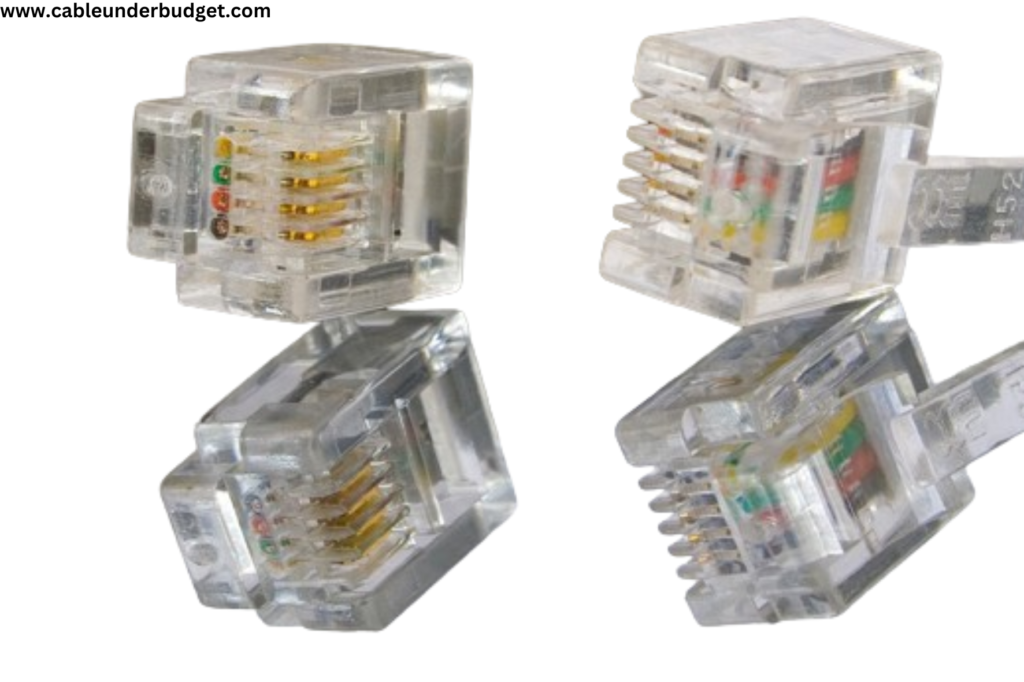Contents
Conductor vs Insulator in Electrical Behavior
When it comes to electrical systems, understanding the fundamental properties of materials is essential. Two critical categories of materials—conductors and insulators—play key roles in how electricity flows, is contained, and is controlled. In this article, we’ll explore the key differences between conductor Vs insulator in Electrical Behavior in terms of their electrical behavior, how they work, and why they’re important for various electrical applications.

What is a Conductor?
A conductor is a material that allows the free flow of electric current with minimal resistance. This happens because conductors have free electrons that can move easily through the material when an electrical potential (voltage) is applied. Most metals are excellent conductors due to their atomic structure, where electrons are loosely bound and able to move freely.
Properties of Conductors:
- Low electrical resistance: The free movement of electrons allows electrical current to pass easily through conductors.
- Good heat conductors: Many conductive materials, such as metals, are also good at transferring heat.
- Examples: Copper, silver, aluminum, and gold are common conductors used in electrical wiring and circuits.
Applications of Conductors:
- Electrical wiring in homes, offices, and industrial setups.
- Circuit boards and electronic devices.
- Power transmission lines.
What is an Insulator?
In contrast, an insulator is a material that does not allow electrical current to pass through easily. Insulators have tightly bound electrons that are not free to move, making it difficult for electricity to flow. Insulating materials are used to protect conductors and prevent accidental electrical shocks or short circuits.
Properties of Insulators:
- High electrical resistance: Electrons in insulators are not free to move, so electricity cannot pass easily through.
- Thermal insulation: Many insulating materials also serve as thermal barriers, preventing the flow of heat.
- Examples: Rubber, plastic, glass, ceramic, and wood are common insulators used to coat wires and protect sensitive equipment.
Applications of Insulators:
- Coating for electrical wires and cables to ensure safety.
- Protective covers for electrical components and machinery.
- High-voltage power lines to prevent electrical leakage and accidents.

Key Differences Between Conductors and Insulators in Electrical Behavior
- Electron Movement:
- Conductors: Have free electrons that can move easily, allowing electrical current to flow through the material.
- Insulators: Have tightly bound electrons that do not move freely, blocking the flow of electricity.
- Electrical Resistance:
- Conductors: Have low electrical resistance, meaning they allow electricity to pass through them with minimal opposition.
- Insulators: Have high electrical resistance, which makes it difficult for electricity to flow.
- Materials:
- Conductors: Primarily metals like copper, silver, and aluminum.
- Insulators: Non-metals like rubber, plastic, glass, and wood.
- Role in Electrical Systems:
- Conductors: Used to create pathways for electrical current to flow, such as in wires and circuits.
- Insulators: Used to isolate conductors and protect against electrical shocks, short circuits, and other hazards.
- Thermal Conductivity:
- Conductors: Often good at conducting heat as well as electricity.
- Insulators: Usually poor conductors of heat, which can be beneficial in preventing heat loss or damage to sensitive components.
Why Are Conductors and Insulators Important?
The interplay between conductors and insulators is essential for the safe and efficient functioning of electrical systems. Conductors are necessary for the transmission of electricity, while insulators are crucial for safety. Without insulators, conductors would pose significant hazards by potentially allowing current to flow where it’s not needed—leading to short circuits, fires, or electrical shocks.
In addition to protecting users from electrical hazards, insulators also help improve the efficiency of electrical systems. By preventing energy loss and ensuring that electrical current flows only where it’s needed, the combination of conductors and insulators allows electrical systems to operate safely and effectively.

Conclusion:
In summary, the key differences between conductors and insulators lie in their ability to transmit electrical current. Conductors, with their free electrons and low resistance, enable the flow of electricity, while insulators, with tightly bound electrons and high resistance, block it. These materials complement each other in electrical applications, ensuring both the safe transmission of power and the protection of individuals and equipment.
By understanding the unique properties of conductors and insulators, we can better appreciate how they work together in modern electrical systems, from powering our homes to enabling technological advancements.

